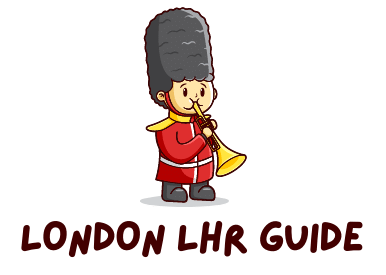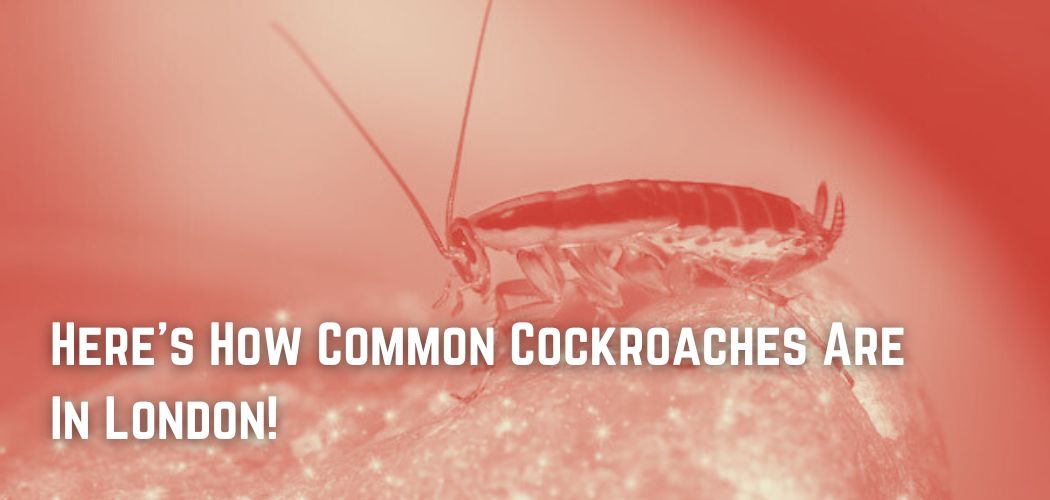London, the vibrant and bustling capital of the United Kingdom, is home to millions of people and a thriving urban environment.
Amidst its iconic landmarks and cultural diversity, there exists a lesser-known presence that can send shivers down the spine – cockroaches.
These resilient and notorious insects have long been associated with unsanitary conditions and urban areas.
However, just how common are cockroaches in London?
In this article, we delve into the prevalence of these unwelcome guests, exploring their occurrence, types, and the factors contributing to their presence in the city.
Contents
- 1 Are Cockroaches A Common Pest In London?
- 2 What Types Of Cockroaches Are Typically Found In London?
- 3 Are Certain Areas Of London More Prone To Cockroach Infestations?
- 4 Are There Any Specific Factors That Contribute To Cockroach Infestations In The City?
- 5 What Steps Has The City Of London Taken To Control Cockroach Populations?
Are Cockroaches A Common Pest In London?
Cockroaches are indeed a common pest in London. The city’s bustling urban environment, densely populated areas, and various food establishments provide favorable conditions for cockroach infestations to occur.
While it is difficult to pinpoint the exact number of infestations, it is safe to say that many households and businesses in London have encountered or may encounter cockroaches at some point.
What Types Of Cockroaches Are Typically Found In London?
In London, there are several types of cockroaches that are commonly found. The two most prevalent species are the German cockroach (Blattella germanica) and the Oriental cockroach (Blatta orientalis).
German Cockroach (Blattella germanica): The German cockroach is the most common species found in London. It is smaller in size, typically measuring about 1/2 to 5/8 inch in length.
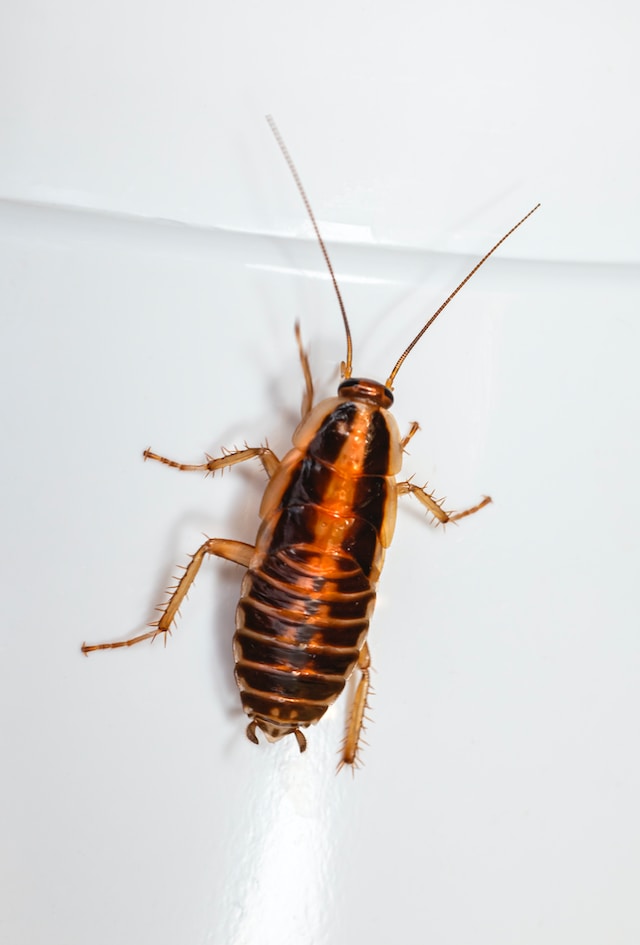
German cockroaches prefer warm and humid environments and are often found in kitchens, bathrooms, and other areas where food and water are available.
Oriental Cockroach (Blatta orientalis): The Oriental cockroach, also known as the “black beetle,” is another prevalent species in London. They are slightly larger than German cockroaches, measuring around 1 inch in length.
Unlike the German cockroach, Oriental cockroaches prefer cooler and damp environments and are commonly found in basements, sewers, and areas with high moisture levels.
While German and Oriental cockroaches are the most common species encountered in London, other species, such as the American cockroach (Periplaneta americana) and the brown-banded cockroach (Supella longipalpa), may also be present, albeit less frequently.
Are Certain Areas Of London More Prone To Cockroach Infestations?
Yes, certain areas of London may be more prone to cockroach infestations due to various factors. While cockroaches can be found throughout the city, certain conditions and characteristics can contribute to a higher prevalence in specific areas.
Here are some factors that can increase the likelihood of cockroach infestations in certain parts of London:
- Older Buildings:
Areas with a higher concentration of older buildings may be more susceptible to cockroach infestations. Older structures often have more cracks, crevices, and hidden spaces that provide ideal hiding spots for cockroaches.
- Densely Populated Areas:
Areas with high population density, such as apartment complexes or densely populated neighborhoods, can facilitate the spread of cockroach infestations. The close proximity between properties allows for easier movement of cockroaches from one location to another.
- Poor Sanitation Practices:
Areas with inadequate sanitation practices or improper waste management may attract cockroaches. Accumulated garbage, food debris, and unsanitary conditions provide ample food sources for cockroaches, encouraging their population growth.
- Commercial Establishments:
Commercial properties such as restaurants, cafes, and food markets can be more susceptible to cockroach infestations due to the availability of food and water sources.
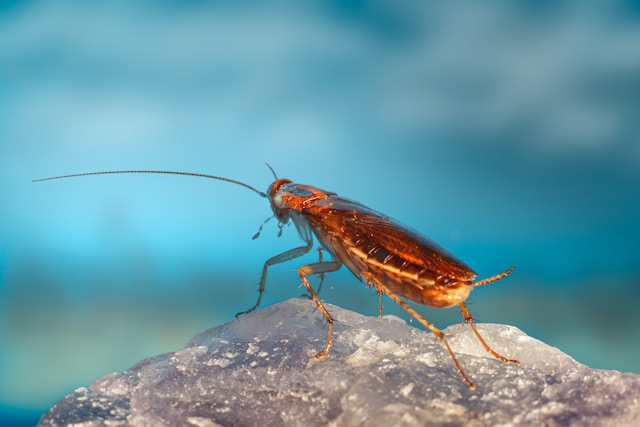
These establishments may require more diligent pest control measures to prevent and control cockroach problems.
- Areas with High Humidity or Dampness:
Cockroaches thrive in warm and humid environments. Therefore, areas with higher humidity or dampness, such as basements, sewer systems, or locations near bodies of water, maybe more favorable for cockroach infestations.
Are There Any Specific Factors That Contribute To Cockroach Infestations In The City?
Yes, several specific factors contribute to cockroach infestations in the city of London. Understanding these factors can help individuals and authorities take appropriate measures to prevent and control infestations.
Here are some key factors that contribute to cockroach infestations:
- Availability of Food and Water:
Cockroaches are opportunistic feeders and can survive on a wide range of food sources, including crumbs, food debris, pet food, and even organic matter like cardboard.
Areas with abundant food and water sources, such as kitchens, dining areas, or poorly maintained garbage disposal areas, provide a conducive environment for cockroach infestations.
- Clutter and Hiding Places:
Cockroaches seek shelter in dark, secluded areas during the day and become active at night.
Cluttered environments with piles of papers, boxes, or unused appliances offer numerous hiding spots for cockroaches, making it easier for them to establish and multiply their populations.
- Warm and Humid Conditions:
Cockroaches thrive in warm and humid environments. London’s temperate climate can provide suitable conditions for their survival and reproduction.
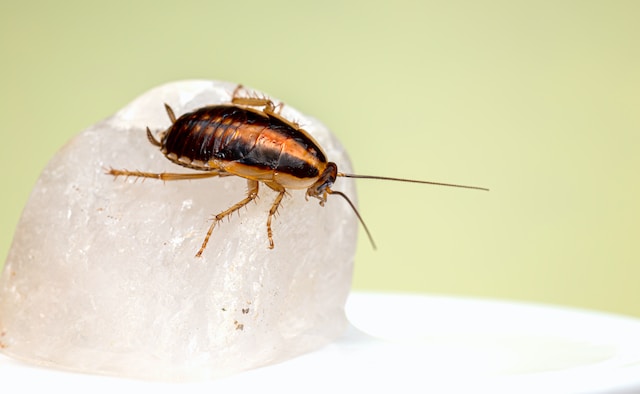
Areas with high humidity, such as basements, crawl spaces, or areas with water leaks, can attract cockroaches.
- Building Structure and Maintenance:
Cracks, gaps, and structural deficiencies in buildings create entry points for cockroaches. Older buildings with deteriorating infrastructure may have more entry points and hiding places, making them more susceptible to infestations.
Inadequate maintenance practices, such as neglecting repairs or failing to address plumbing issues, can contribute to cockroach problems.
What Steps Has The City Of London Taken To Control Cockroach Populations?
The city of London has implemented various measures to control cockroach populations and address the issue of infestations. These steps are aimed at promoting public health and maintaining a hygienic living environment.
Here are some of the initiatives taken by the city:
- Public Education and Awareness:
The city authorities in London conduct public education campaigns to raise awareness about cockroach prevention and control.
Information is provided through brochures, websites, and community outreach programs to educate residents about the importance of proper sanitation practices, hygiene, and proactive measures to prevent infestations.
- Pest Control Regulations:
The city has regulations in place that require property owners and businesses to maintain a pest-free environment.
This includes addressing cockroach infestations promptly and employing professional pest control services, if necessary. Regular inspections are conducted to ensure compliance with these regulations.
- Integrated Pest Management (IPM):
The city promotes the use of Integrated Pest Management techniques, which emphasize a comprehensive and sustainable approach to pest control.
IPM combines various strategies, including sanitation, structural repairs, exclusion methods, targeted pesticide application, and ongoing monitoring to minimize cockroach populations while minimizing environmental impact.
- Building Code Requirements:
The building codes and regulations in London may include provisions related to pest prevention and control.
This can involve guidelines for construction and renovation to ensure buildings have proper sealing, ventilation, and pest-proofing measures in place, reducing the risk of cockroach entry.
It is important to note that while the city takes steps to control cockroach populations, the responsibility also lies with individual property owners, residents, and businesses to maintain proper hygiene, promptly address infestations, and take preventive measures to reduce cockroach populations.
